By Griffin Cooper
Today I’d like to go through an example of how we can use our logic chain concept to do a top-down analysis of the market to find symbols in a critical state that we can be ready to trade the next day. In the Owl Group we use a “plan, prepare, execute, assess” process for trading in a systematic and professional way. A large part of the ‘prepare’ phase consists of having reliable ways to find targets.
One important concept we apply is the idea that 50% of the movement of a stock is due to the overall movement of the S&P500 SPY, 25% of the movement is due to the sector, and 25% is due to the individual stock. We can use this top-down approach to find trading symbols. When can use a process where we first concentrate on assessing the overall market, then drilling down to the sector, and finally finding specific stocks within the sector to trade.
Let’s go through an example of a specific process we have been using in our Owl Bundle User Group on the Thinkorswim platform to find trading targets.
The first thing we want to do is get the market call right, so we’re looking here at the daily chart of SPY. We recorded some important statistics that we employ as well as looking at the price action on the daily chart. We saw that the market was hitting new 10-day and 5-day highs and was above the dragon. The RL10 and RL30 were turning up showing some strength and positive momentum.
One of our favorite tool we use to understand volatility is the Risk-Z that measures the Z scores of the VIX volatility index. We saw that the Risk-Z was well into the Spring and getting close to getting to a positive Z score that would signify a “risk on” bias.
Another indicator we really like is the slope statistics of the 30-period linear regression lines and its 10-period moving average. Looking again at SPY to start, we saw that the Z score of the regression line was below -1 standard deviations indicating an abnormal condition. The 30-period regression line also crossed its 10-period moving average which is a strong signal of a possible turning point in the market.
Next, we looked at the slope stats of some of our common XL sectors. By plotting them all on the same chart we can compare their relative strengths, weaknesses, and positions. We saw that both XLK and XLB were below -1 standard deviations which meant they were in an abnormal condition and more likely to have symbols within their sector in critical states.
Looking at all the XL series ETFs can help us confirm the idea that XLK and XLB were in critical states as a whole sector. Using some common watchlist indicators that are popular stats in the Owl Group, we saw that XLK was also a doji, the Rstat/MyRisk was 2.6, and it had just had a breakout on the NDX 10-day.
XLB had also had a 10-day break and was a doji.
Looking at the two sectors on the daily charts provided additional confirmation and context. On XLB we saw new five and ten-day highs and the RL90 turning up. It was close to a minor support level, but there was also lots of room to go before testing new highs.
On XLK’s daily chart we saw new five and ten-day highs as well, and it had just had a big leg up and was approaching a possible resistance level (blue horizontal lines). We saw this as being ready for a pause in the momentum and pullback or a possible break out to new highs.
Drilling down into the individual symbols in the XLK sector, we made a watchlist of the top ten holdings of XLK and looked at our common watchlist indicator statistics. CSCO and NVDA stood out as having a number of signals firing like abnormal slope stat readings, high trading value ratios, and breakouts on multiple lookback periods. We did a similar process for XLB and saw that CTVA and FCX were also in critical states.
Looking here at the daily charts we saw the strength coming out of the tech stocks and the reversals forming in the industrials with SSC patterns firing.
Here are the follow-throughs for the next day’s session on the 3-minute timeframe for the four symbols we selected. There were some large moves, particularly in the industrial symbols we chose that could have been traded nicely with our intraday trading patterns.
Continuous improvement is the name of the game for trading and the Owl Group mentality. As the markets are always changing and adapting, we’re committed to continuous improvement and learning and sharing those insights with our fellow traders.
Looking each night at the percent changes of the day and ranking these according to how SPY closed helped give us additional insights for possible next-day follow-throughs and getting a pulse on the market.
We also started looking more closely the XL series sectors as a whole to see what signals it was generating from a sector perspective. Here is another day where we saw that XLU of all sectors was in a washout, sold off on the autoframer, and in a doji. While we don’t normally look at XLU, the signals were compelling, especially the washout pattern signal. We highlighted D, and DUK as targets using a similar process as outlined above for the next day’s trading.
Looking at the 3-minute charts for the next day, both D and DUK had some large, easily tradable moves.
The systematic, top-down logic chain strategy can be a reliable way to find targets for trading the next day. Consider adding it to your toolkit of trading preparation strategies. We teach the strategy and techniques described above in our Applied Systems Development Course.
Happy trading!











